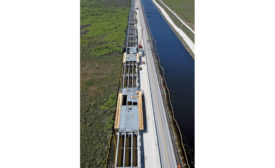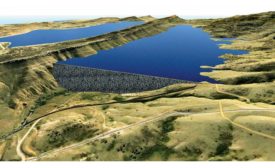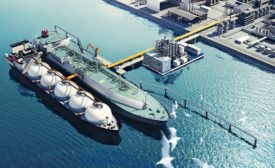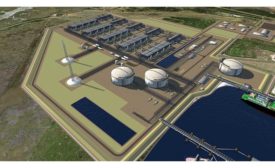Articles by Thomas F. Armistead
Corps Awards Contracts for Herbert Hoover Dike Work
Three contractors compete for Lake Okeechobee five task orders worth $387 million
Read More
The latest news and information
#1 Source for Construction News, Data, Rankings, Analysis, and Commentary
JOIN ENR UNLIMITEDCopyright ©2024. All Rights Reserved BNP Media.
Design, CMS, Hosting & Web Development :: ePublishing




